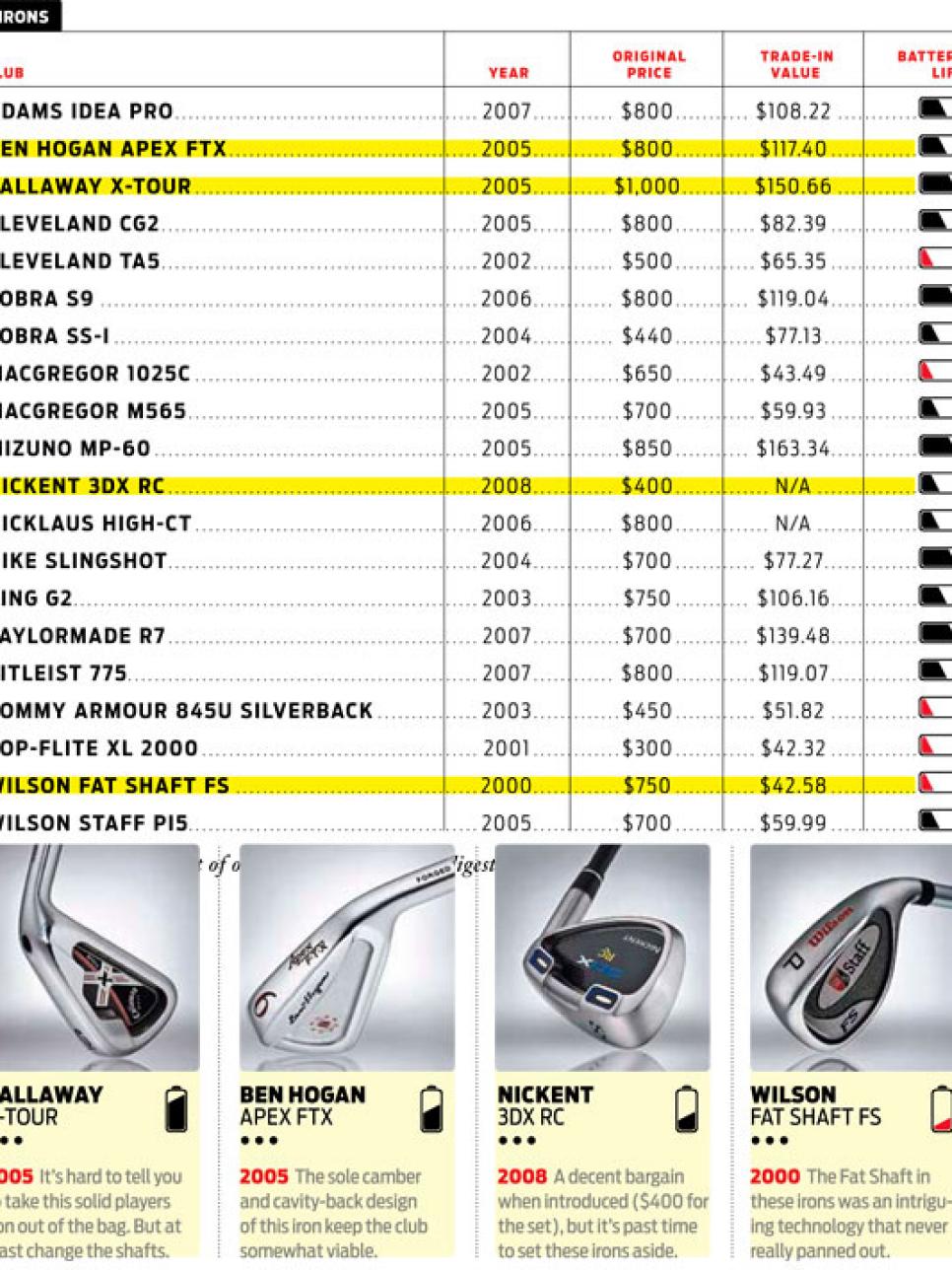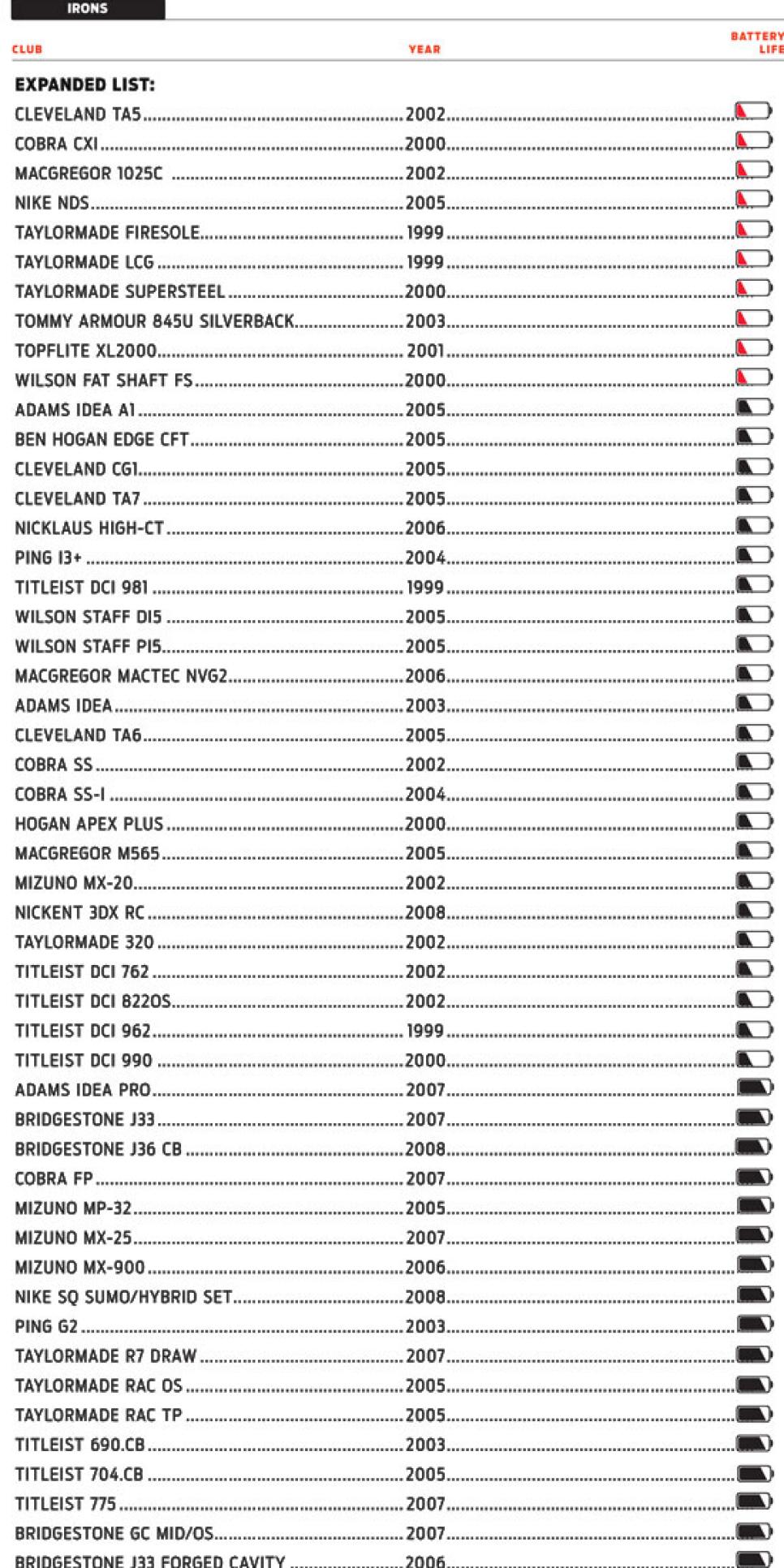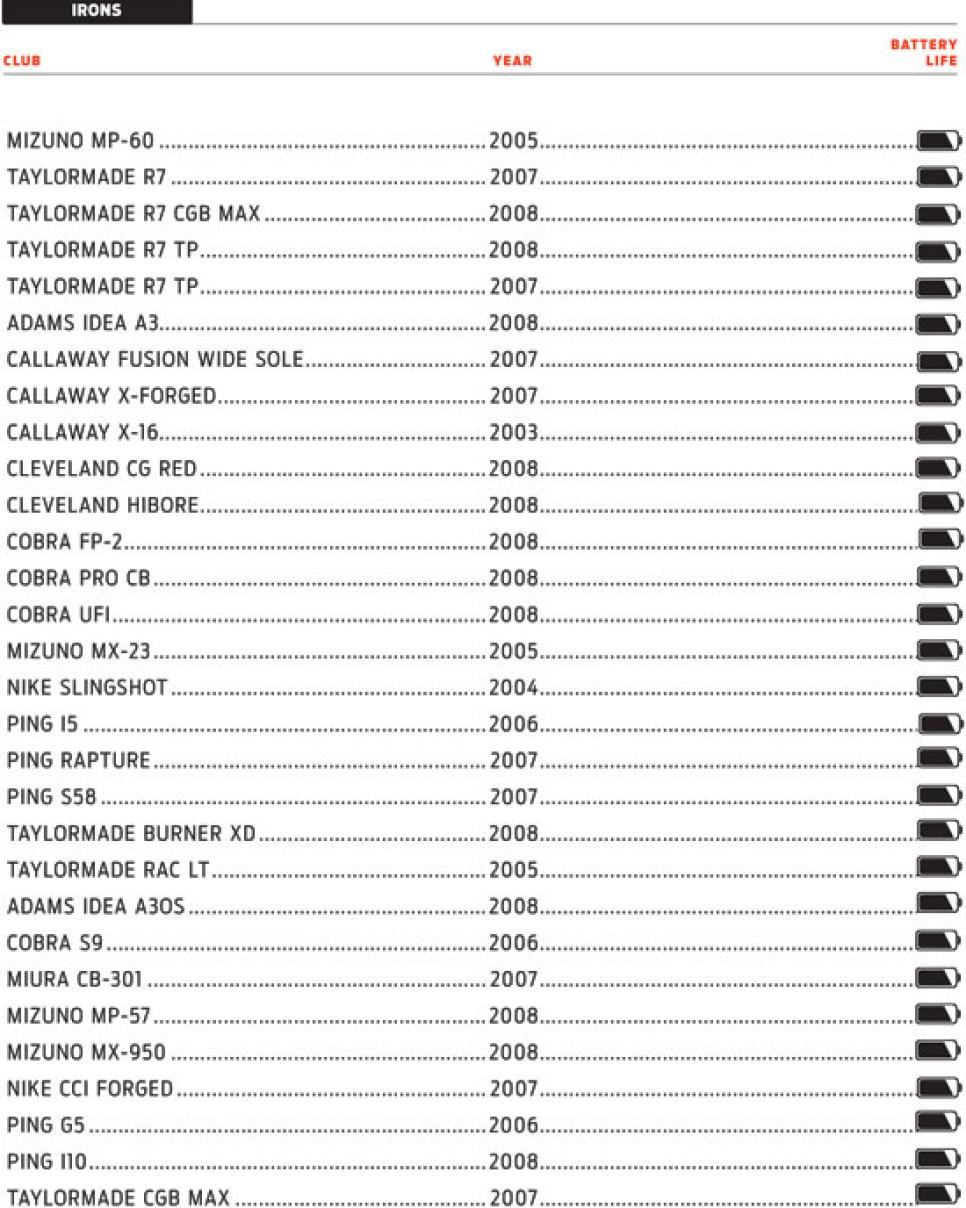Equipment
Irons
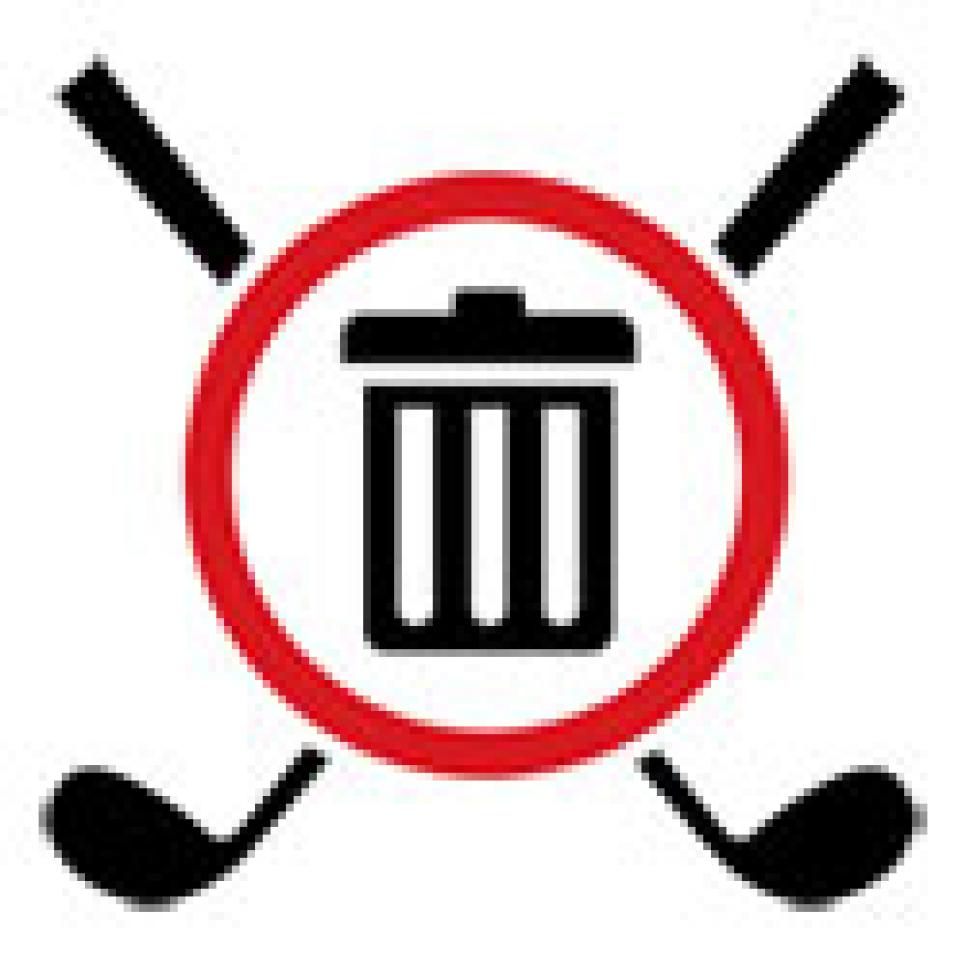
The Oldsmobile Cutlass was a great car, but you've probably traded it in by now. You've also chucked the cassette tapes. Why? Because better-performing options came along, making them obsolete. It's time to apply that thinking to your irons.
The main reason golfers hold on to irons past their prime is that the technology is often hidden in a plain shape and presented in a quiet way. Such visual understatement leads consumers to believe irons are short on science and engineering, making their clubs as good as new ones. That is shortchanging the upgraded benefits of today's models.
The creative use of technology and materials has never been more prevalent in irons. Some of it you see (better-designed soles to improve turf interaction) and some you don't (optimal center-of-gravity positions).
Additionally, driver technologies, such as trampoline faces and high moment of inertia, have trickled down to irons. That wasn't the case five years ago.
You might consider your old irons to be trusted allies, but new ones will give you a better chance to get reacquainted with someone you might not have seen in a while: Mr. Green In Regulation.
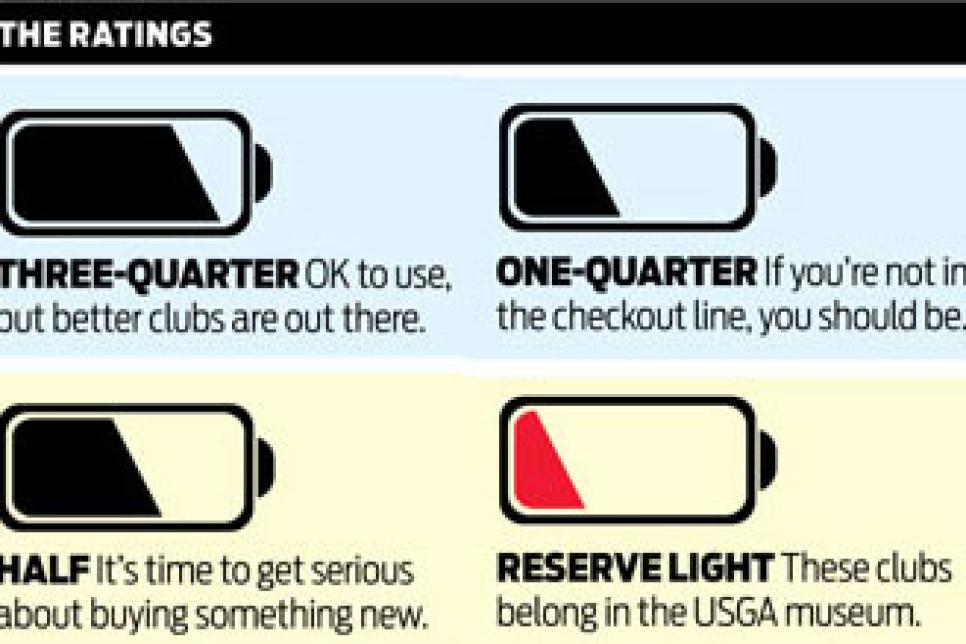
HOW MUCH LIFE IS LEFT?
There are grades of obsolescence. Our four judges, after consulting with members of our academic and retail panel to help determine what keeps a club relevant, assigned a level of "life remaining" to each club. None of the battery icons is completely full. Only current products might achieve that. Three-quarters full, and you're still OK. Half full means it's time to at least start looking. One-quarter full, and you'd better be buying. The red light on? Don't play with these again. Ever.
--EMJ
